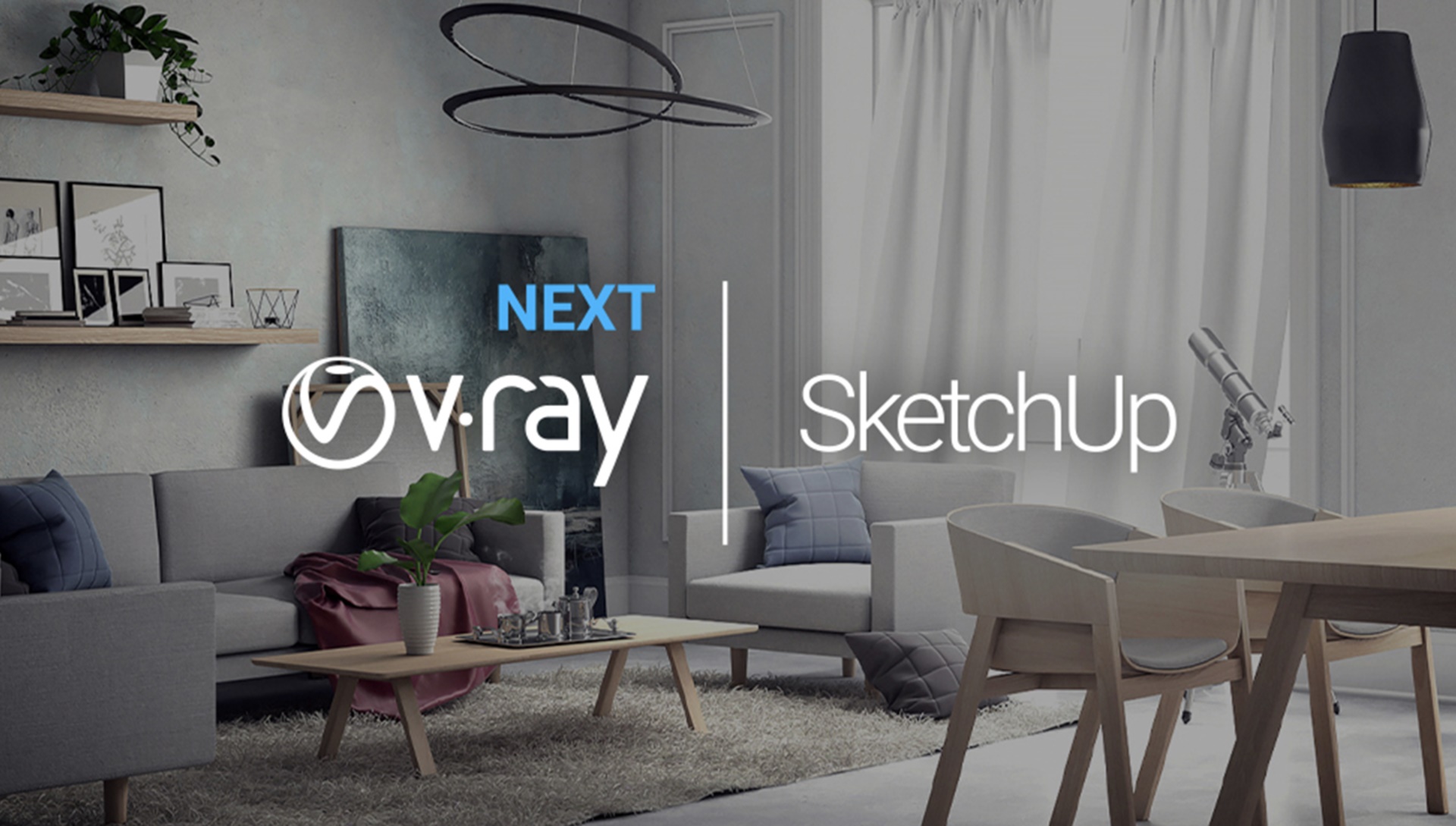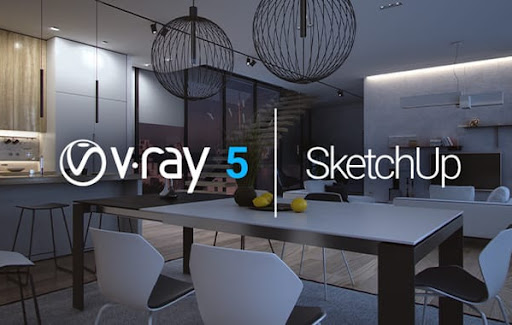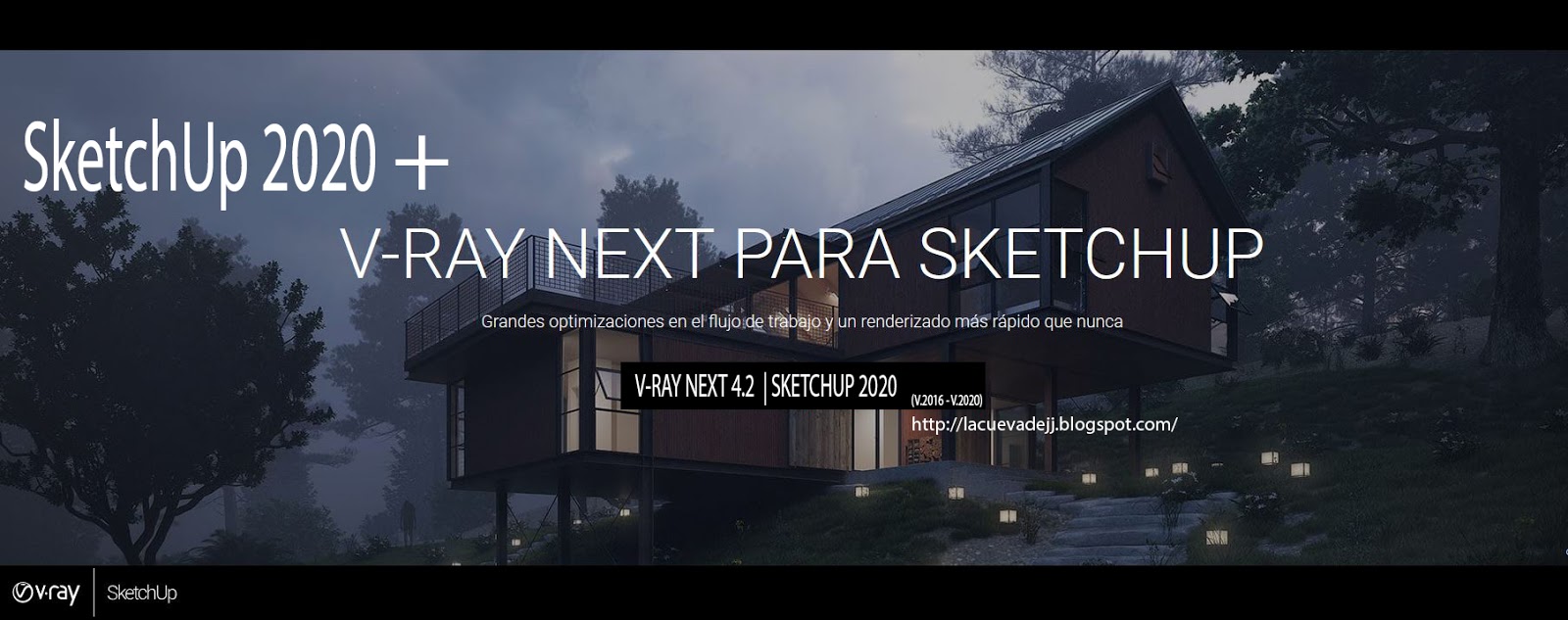

You can also use any render solution you currently have for your projects to do it faster ( cloud rendering, render farms…) Rendering in progress It’s done ! #

Take a break, a coffee, watch some TV… This might take some time depending on your hardware. Just click the render button on the V-Ray Asset Editor (the button with the teapot). Then, in order to get the best result in the virtual tour while moving through rooms, we suggest you always look with the eye tool in the same direction between pictures (in here, the wall). Click on the ground on the spot where you would place a tripod with the camera on top You will get a new tool, and with this tool, click on the floor where you would like to place the virtual tripod.

Move around your 3D file and select Camera -> Place the camera Place the camera We will now need to place the virtual camera at an interesting spot. Choose the path and set the type to jpg for best results inside Home Viewer.

Denoiser: V-Ray denoiser is doing a great job, you should probably use it !.Update Effects: We suggest using often for a good denoising.Quality: you can pick whichever you think is best depending on your time / needs.It might take longer but it will usually make your image look better. Engine: we recommend using CPU for best results.We will go through every interesting parameter we suggest to use: Set the render parameters : Render Parameters Click the Plugins -> V-Ray -> Asset Editor Open Asset Editor We will start by setting up V-Ray for our 360° renders. We made the tutorial on SketchUp 2020 but it should work it you have different versions. You will need to have SketchUp Pro and V-Ray installed for this tutorial. In this tutorial, we will see how to easily create 360° images from SketchUp and V-Ray to use them in Home Viewer. It is possible to create stunning 3D renders with the V-Ray plugin, but why not go even further and make your clients able to visit your projects from their computers and smartphones? SketchUp is a vey powerful software for 3D visualization.


 0 kommentar(er)
0 kommentar(er)
